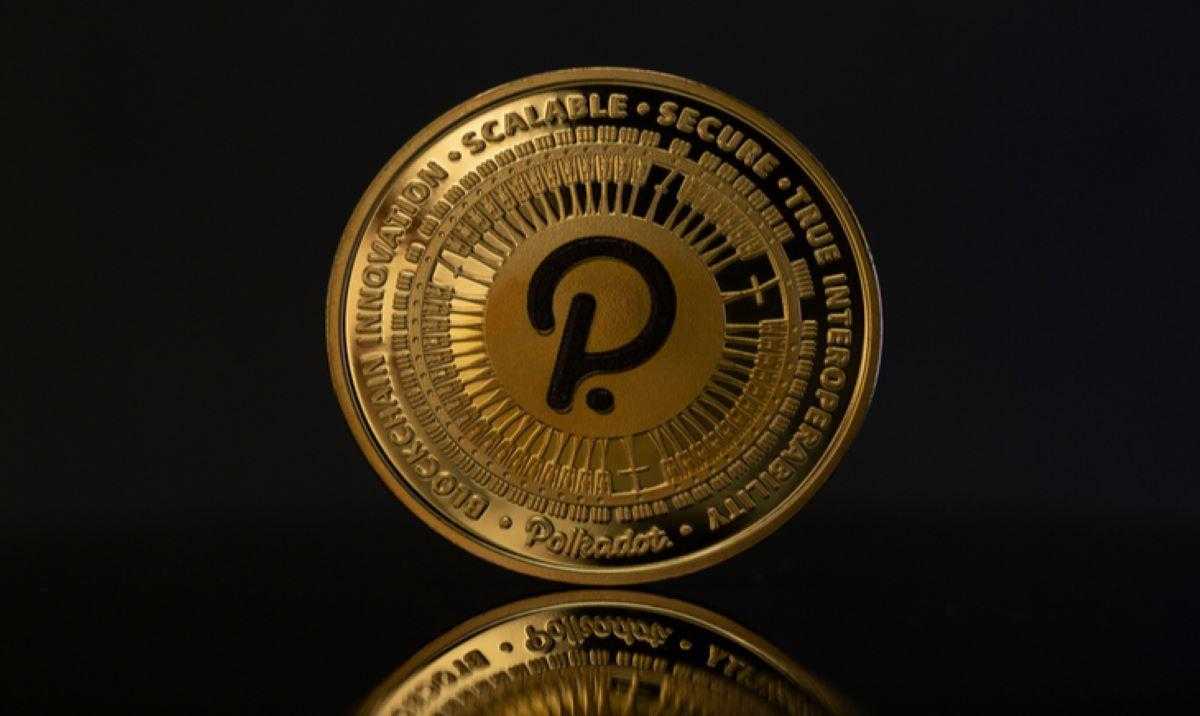Delving into DOT: The Cryptocurrency Powering Polkadot’s Interoperable Blockchain Future
The cryptocurrency landscape is teeming with innovation, with each project vying to solve a specific problem or carve out a unique niche. Among these contenders, Polkadot (DOT) stands out as an ambitious protocol aiming to revolutionize blockchain interaction. This article delves into the intricacies of DOT, exploring its role within the Polkadot network and its potential impact on the future of Web3.
Understanding Polkadot: A Foundation for a Decentralized Web
Before diving into DOT, it’s crucial to grasp the underlying technology – Polkadot. In essence, Polkadot is a sharded blockchain protocol designed to facilitate communication and interoperability between various blockchains. Imagine a world where independent blockchains, like Ethereum and Bitcoin, could seamlessly exchange data and assets – that’s the vision Polkadot aspires to realize.
Here’s where the concept of sharding comes into play. Traditional blockchains struggle with scalability, meaning they can become congested and slow as transaction volume increases. Polkadot tackles this by employing a multi-chain architecture. The core component is the Relay Chain, which acts as the central hub responsible for security and consensus. Connected to the Relay Chain are numerous parachains – specialized blockchains optimized for specific purposes like DeFi, supply chain management, or social networking.
This sharded architecture offers several advantages:
- Scalability: By distributing transaction processing across multiple parachains, Polkadot can handle a significantly higher volume of transactions compared to single-chain blockchains.
- Interoperability: Parachains can communicate and exchange data with each other, fostering a more interconnected blockchain ecosystem.
- Security: The Relay Chain inherits its security from a robust set of validators, ensuring the safety of all connected parachains.
- Flexibility: Developers can create custom parachains tailored to specific needs, promoting innovation and diversity within the Polkadot ecosystem.
Polkadot’s potential to usher in a new era of blockchain interoperability has garnered significant interest from developers and investors alike. However, for this vision to materialize, a robust and functional ecosystem is essential. This is where DOT, the native cryptocurrency of Polkadot, comes into play.
Unveiling the Power of DOT: A Multi-faceted Cryptocurrency
DOT serves three critical functions within the Polkadot network:
- Governance: DOT holders have the right to propose and vote on changes to the Polkadot protocol. This ensures a decentralized and community-driven approach to network evolution.
- Staking: To secure the network, DOT holders can stake their tokens. Validators on the Relay Chain rely on staked DOT to verify transactions and maintain network security. Stakers earn rewards for their contribution to the network’s health.
- Bonding: Parachains seeking to connect to the Polkadot network need to bond a certain amount of DOT. This bonded DOT acts as collateral, ensuring parachains adhere to the network’s rules and discouraging malicious behavior.
In essence, DOT acts as the lifeblood of the Polkadot ecosystem. It fuels governance, incentivizes network participation, and facilitates parachain integration. The success of Polkadot is intricately linked to the value and adoption of DOT.
Assessing DOT’s Value Proposition: A Look at Current Landscape and Future Potential
The cryptocurrency market is inherently volatile, and DOT’s price is no exception. Since its launch in 2020, DOT has experienced significant price fluctuations. However, factors like growing developer interest in Polkadot, the increasing popularity of parachain auctions, and the overall progress of the Web3 space can potentially influence DOT’s value proposition in the long run.
Here’s a closer look at some key aspects to consider:
- Utility: DOT’s core utility lies in its role within the Polkadot network. As the network matures and attracts more parachains, the demand for DOT for staking, governance, and bonding is likely to increase.
- Network Effects: The growth of the Polkadot ecosystem directly benefits DOT. A thriving ecosystem with a diverse range of parachains catering to various use cases could bolster DOT’s value.
- Market Sentiment: The overall sentiment towards cryptocurrency and Web3 can significantly impact DOT’s price. Positive developments within the broader blockchain space can potentially drive up investor interest in DOT.
However, it’s important to acknowledge the inherent risks associated with cryptocurrency investments. The success of DOT and Polkadot hinges on the project’s ability to deliver on its promises. Regulatory hurdles, technical challenges, and competition from other interoperability solutions pose potential threats.
Investing in DOT: A Calculated Approach is Key
Given the volatility of the cryptocurrency market, investing in DOT requires a well-considered approach. Here are some factors to consider before making an investment decision:
- Investment Horizon (continued): DOT is likely a long-term investment with the potential for significant growth as the Polkadot ecosystem matures. However, short-term price fluctuations are inevitable.
- Risk Tolerance: Cryptocurrency investments are inherently risky. Investors should only allocate a portion of their portfolio to DOT that aligns with their overall risk tolerance.
- Thorough Research: Conducting in-depth research on Polkadot’s technology, roadmap, and team is crucial before investing in DOT. Understanding the project’s potential and limitations will help make informed investment decisions.
While DOT offers exciting possibilities, it’s not without its alternatives. Several other blockchain projects are working on interoperability solutions. Investors should compare DOT to these alternatives to determine the best fit for their investment goals.
Beyond Investment: The Broader Impact of Polkadot
The implications of DOT extend beyond its role as an investment asset. Here’s how DOT can potentially shape the future of blockchain technology:
- Empowering Developers: Polkadot’s modular design with customizable parachains offers developers greater flexibility and scalability when building blockchain applications. This can foster innovation and accelerate the development of next-generation blockchain solutions.
- Building a Decentralized Web: By enabling seamless communication between blockchains, DOT can contribute to the creation of a truly decentralized web (Web3). This could lead to a more open, secure, and user-centric internet experience.
- Unlocking New Use Cases: The interoperable nature of Polkadot opens doors for a wider range of blockchain applications. From supply chain management to decentralized finance (DeFi) and beyond, DOT can pave the way for novel and transformative use cases.
Conclusion: Polkadot- A Catalyst for Blockchain Interoperability
DOT, the native cryptocurrency of Polkadot, stands at the forefront of a paradigm shift in blockchain technology. Its role in facilitating interoperability between blockchains has the potential to revolutionize the way we interact with and utilize blockchain-based applications. While the future remains uncertain, DOT’s potential to unlock a more interconnected and scalable blockchain ecosystem is undeniable.
However, it’s crucial to remember that the cryptocurrency market is ever-evolving, and DOT’s success hinges on the continued development and adoption of the Polkadot protocol. Investors and enthusiasts alike should stay informed about the project’s progress and navigate the market with a cautious yet optimistic outlook.







